| 1. |
This 1511 painting, Saint Mark Enthroned, was commissioned by the church of Santo Spirito in Venice, to celebrate the end of what? 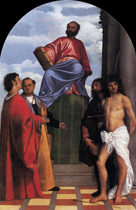
|
||||||||
|
| 2. |
Salome was painted by Titian circa 1515. It shows the biblical character holding the head of who? 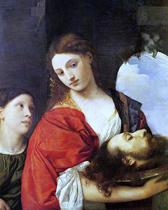
|
||||||||
|
| 3. |
Housed in the National Gallery of Scotland in Edinburgh, this 1520 painting shows which Roman goddess emerging from the sea? 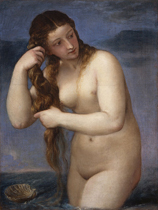
|
||||||||
|
| 4. |
This semi-nude painting of 1533 shows which repentant biblical woman? 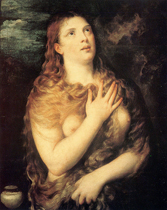
|
||||||||
|
| 5. |
Titian's 1538 work Venus of Urbino was described by which 19th century writer as "the foulest, the vilest, the obscenest picture the world possesses"? 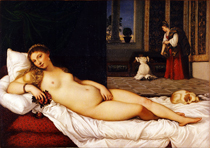
|
||||||||
|
| 6. |
Painted around 1546, this is a picture of Pope Paul III and which other two men? 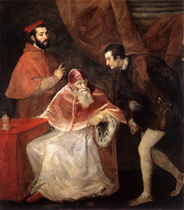
|
||||||||
|
| 7. |
This is a portrait of which future Spanish king who would in years to come marry one English queen and send an armada to attack another? 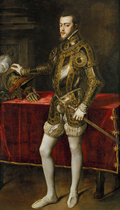
|
||||||||
|
| 8. |
Painted in the late 1560s and with a theme of the passage of time, what is the name of this piece? 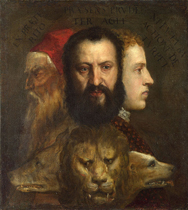
|
||||||||
|
| 9. |
In this painting we see a semi-legendary Roman woman vainly attempting to reject the advances of a king's son. What are the two character's names? 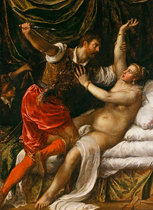
|
||||||||
|
| 10. |
Pietà is thought to be Titian's final work. It is a depiction of Christ after his death on the cross, in which Titian has painted himself as which biblical character? 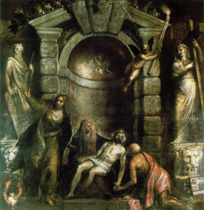
|
||||||||
|
